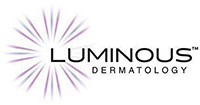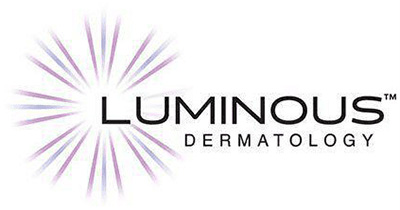About Actinic Keratoses
What is it?
What causes it?
- Rough, dry or scaly patch of skin, usually less than 1 inch (2.5 centimeters) in diameter
- Flat to slightly raised patch or bump on the top layer of skin
- In some cases, a hard, wartlike surface
- Color variations, including pink, red or brown
- Itching, burning, bleeding or crusting
- New patches or bumps on sun-exposed areas of the head, neck, hands, and forearms
Common Treatments?
- Freezing (cryotherapy). Actinic keratoses can be removed by freezing them with liquid nitrogen. Your doctor applies the substance to the affected skin, which causes blistering or peeling. As your skin heals, the damaged cells slough off, allowing new skin to appear. Cryotherapy is the most common treatment. It takes only a few minutes and can be done in your doctor’s office. Side effects may include blisters, scarring, changes to skin texture, infection, and changes in skin color of the affected area.
- Scraping (curettage). In this procedure, your doctor uses a device called a curet to scrape off damaged cells. Scraping may be followed by electrosurgery, in which the doctor uses a pencil-shaped instrument to cut and destroy the affected tissue with an electric current. This procedure requires local anesthesia. Side effects may include infection, scarring, and changes in skin color of the affected area.
- Laser therapy. This technique is increasingly used to treat actinic keratosis. Your doctor uses an ablative laser device to destroy the patch, allowing new skin to appear. Side effects may include scarring and discoloration of the affected skin.
- Photodynamic therapy. Your doctor might apply a light-sensitive chemical solution to the affected skin and then expose it to a special light that will destroy the actinic keratosis. Side effects may include redness, swelling, and a burning sensation during therapy.
Providers
Our approach & expertise
Our practice has skilled dermatologic experts who have the experience and knowledge to provide effective solutions for your particular needs and goals. Our focus on you as a person is what makes us different from others, and we’ll be with you each step of the way with empathy, advice, and support. Healthy skin is our passion. Contact us today if you have actinic keratosis so that we can help you.


